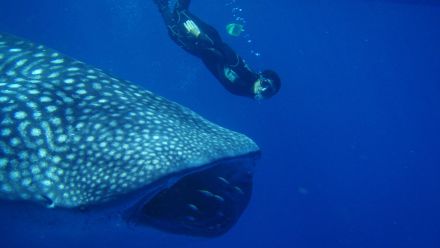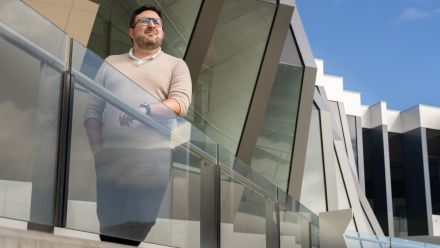Taking the wind out of dangerous cyclones
Aerosols could hold the key to stopping potentially destructive cyclones in their tracks, according to a first-of-its-kind study from The –”∞… ”∆µ National University (ANU).
The small airborne particles have been shown to weaken cyclones so that they cannot fully develop.
A lead author of the study, Associate Professor Roslyn Prinsley from ANU, said with climate change making cyclones more dangerous, we need to come up with innovative solutions. “Tropical Cyclone Alfred ended up an ex-cyclone once it hit land. Imagine instead the destruction if it had been a Category 5 Cyclone with wind speeds over 250 kilometres an hour,” she said.
“Others have looked at the impact of aerosols on a fully grown cyclone – when it might be about to hit land. We thought, it may be easier to stop them before they start.
“We’ve now shown it’s possible to reduce their intensity in those early stages.
The key to weakening cyclones lies in understanding the complex physics of how clouds form—including how tiny particles interact, how heat is released, and how these processes affect each other.
According to Associate Professor Prinsley, past efforts to modify storms have failed because researchers couldn’t reliably predict what would happen. Without accurate forecasting models, attempts to alter cloud formation have “largely been guesswork”.
This new understanding of how aerosols of different sizes disrupt cyclone formation provides a foundation for future scientific trials.
“If you use different sizes of aerosols, you get a different impact on the cyclone, but they all hold promise,” Associate Professor Prinsley said.
“Our study shows, for the first time, the impacts of aerosols of varied sizes on the formation of a tropical cyclone. We found that coarse aerosols initially dampen vortex acceleration, while fine or ultrafine aerosols boost it first, but later weaken it more than coarse aerosols.
“Getting these aerosols to where they’re needed is another challenge we’re looking at – it would require several aircraft to disperse the aerosols over a few hours.”
At this stage the testing is being done by simulating a cyclone on a computer, but Associate Professor Prinsley is already considering possible next steps.
“Obviously before you go and test on a real cyclone you want to make sure your model is as accurate as possible. Also, attribution is difficult – we need to show that the intervention itself weakened the cyclone and not natural causes,” she said.
Associate Professor Prinsley is confident that Australia could become a global leader in this space. She said the coastline off Western Australia could provide a good testing ground.
“Cyclones that form in that type of environment, that will never hit land, are the best ones to test our models on,” she said.
“The reality of climate change is that cyclones are going to come further south and further inland and we will have more intense cyclones. It is critical to do something about them before they hit.”
Associate Professor Prinsley is collaborating with Aeolus, a start-up in Silicon Valley which aims to weaken cyclones before they threaten lives and communities.
Koki Mashita, co-founder of Aeolus said: “This is the only long-term solution. In many parts around the world, the intensification of these events due to climate change has already led to significant increases in insurance premiums. As we look into the next few decades, properties will truly become uninsurable and we will need to intervene.”
The research is published in .


